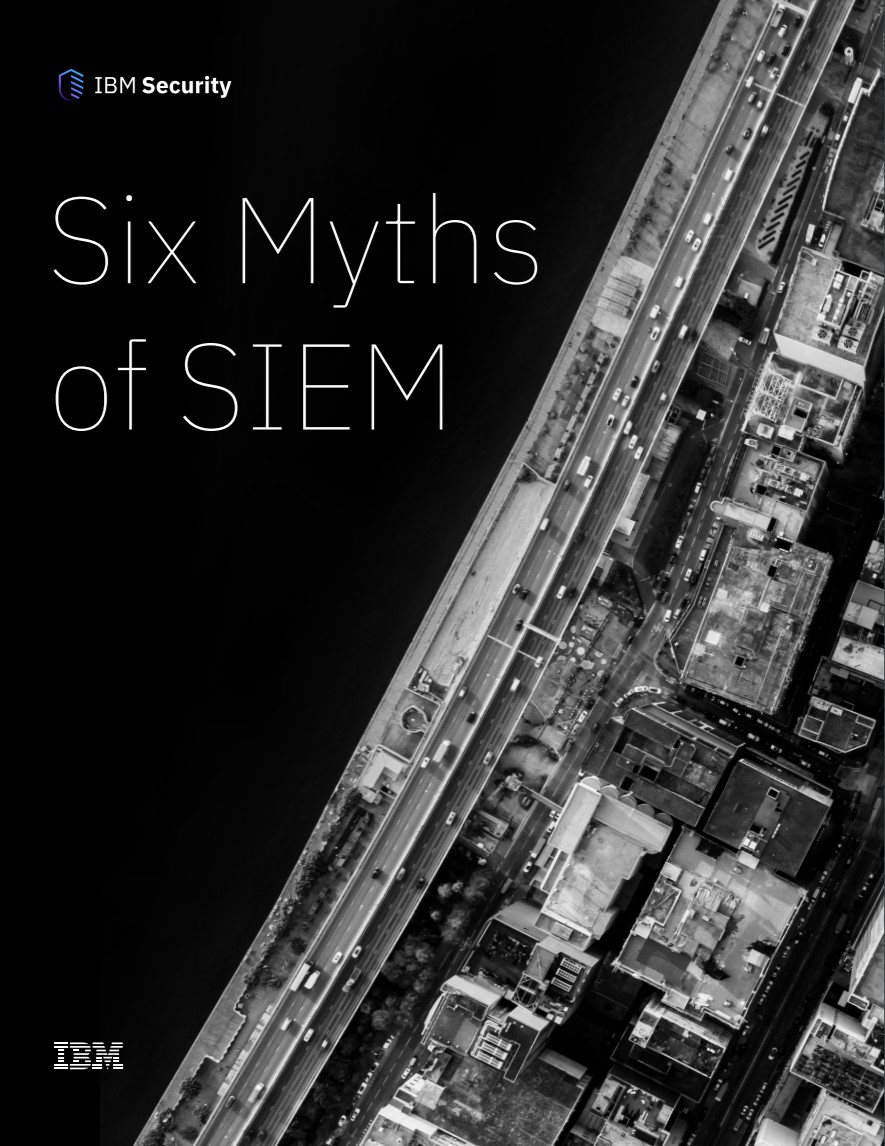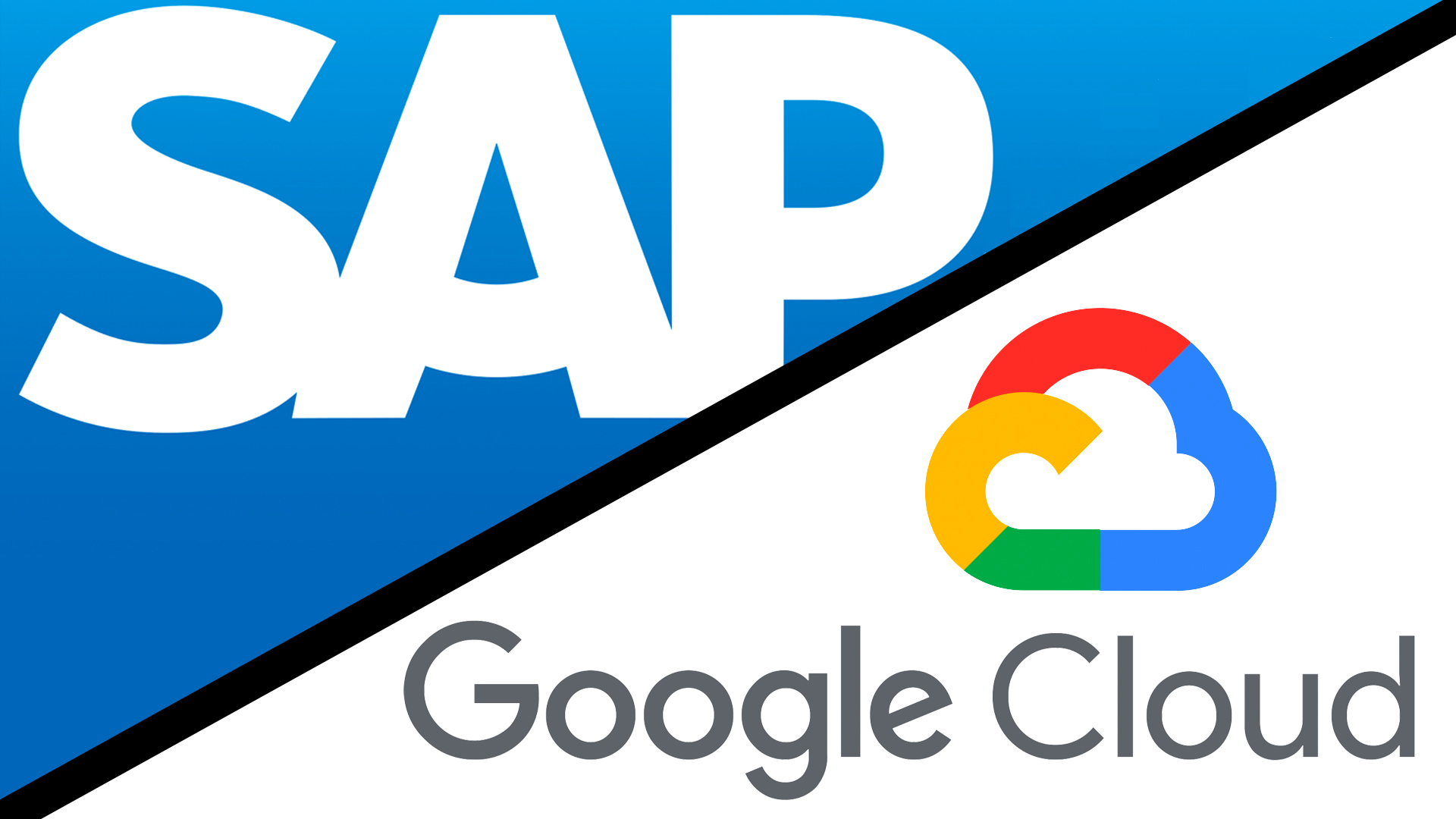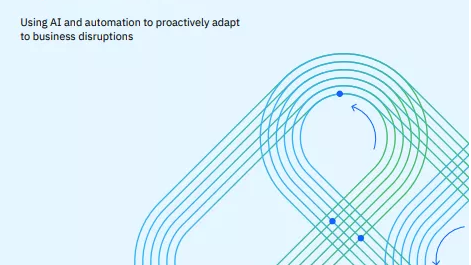The channel is readier than ever for B2B e-commerce
Despite outdated notions of online being all about marketing, channel customers are primed for a “very different era”

If you want to win in the channel, B2B e-commerce is a tool you can't afford to ignore, and, according to McKinsey, it's now the leading edge of successful B2B sales.
Indeed, larger channel players like Westcoast, Tech Data and SCC have been working on their e-commerce propositions for years, anticipating further potential as data and analytics are further integrated into the technology landscape. That's despite persistent myths surrounding B2B e-commerce – including notions that customers aren't ready; that it's only for simple repeat business; and that customers always prefer face-to-face interactions.
Ian Briffett, director of sales process optimisation at Tech Data, confirms the distie continues to invest in digital platforms as part of its own digital transformation strategy, spurred on by the last two years of disruption. “If nothing else, that made people sit up and look for where we need to make a difference,” he tells IT Pro.
Briffett, however, “broadly agrees” with McKinsey that B2B e-commerce strategies can suffer from misperceptions, relying on outdated notions of online as being all about an advertising shopfront.
“If you go back about two years, many people did look at B2B e-commerce as being either marketing or purely transactional; it was a very different era,” he explains. “What's changed is it's more about how we enable a broad channel and provide additional capabilities and value to help customers grow their businesses.”
Fully integrated platforms will drive success
From working out how to increase software licensing and recurring revenues to providing the right levels of customer service, platforms that can drive processes will enable success.
Most B2B companies (65%) now offer e-commerce, according to McKinsey, meaning they can fully transact sales online – up from 53% in early 2021. Would the channel not be further ahead than non-tech sectors? Tech Data reportedly earned 50% of its revenues via e-commerce five years ago; back in 2017.
ChannelPro Newsletter
Stay up to date with the latest Channel industry news and analysis with our twice-weekly newsletter
Canalys chief analyst Alastair Edwards says their research suggests 40% offer “some form of e-commerce online”, with another 20% planning online sales channels.
“It’s complex. What is a channel digital marketplace, as opposed to an e-commerce site?” asks Edwards. “We see large distributors and bigger partners, however, building digital marketplaces as a necessity as more software as a service (SaaS), cyber security and cloud-based services are transacted digitally.”
Data, and its growing role in digital transformation, poses questions to businesses that can be answered with e-commerce solutions, creating data that drives further insights, prompting further questions, and so on. From addressing immediate problems and pain points, e-commerce moves into driving new business incrementally.
RELATED RESOURCE

“Software vendors, too, are pivoting away from selling traditional perpetual licences now to a subscription model,” Briffett adds. “Once you've sold something to a customer, you have to retain them, get them to renew.”
By helping vendors or distributors put the right information in front of the right people – at the right time – they should be better positioned to go and drive the “right cadence” of activities, he says.
“The other piece is to migrate these customers now to this subscription licence,” he continues. “We, therefore, need to be offering alternate quotes and help customers make informed decisions in an appropriate amount of time. That’s good for us, good for customers and good for vendors.”
For maximum benefit, information can be provided in a number of ways, including through portals, social media and other channels. If a channel partner needs a quotation to go from A to B, Tech Data publishes it automatically, for instance. Information can also be targeted to specific customers.
“We know that customers that got red boxes can move to blue boxes – or if they got one product from a vendor that they can move to another product in that portfolio,” Briffett says.
Will Omnichannel become omnipresent?
For each stage of the sales process B2B customers now employ a roughly even mix of traditional, remote, and self-service sales using e-commerce and digital portals, McKinsey suggests. Now, 94% of decision-makers say omnichannel sales are “as effective or better” than pre-pandemic models.
Many partner e-commerce forays are mostly for marketing, addressing different points in the customer journey. SCC, for instance, just partnered with IBM on a series of “virtual engagement” centres.
Tech Data, meanwhile, offers specific platforms and services for different tasks – such as for cloud services set-up with “appropriate” automated billing. Traditional account management, however, will remain important, not only for in-person calls or meetings but support and guidance. E-commerce platforms should facilitate, rather than take away, the entire burden.
“Partners, however, aren't there because we're beating them with a stick,” says Briffett. Canalys' Edwards warns, too, that face-to-face interactions can be preferred for complex projects or systems. Sophisticated e-commerce engines, meanwhile, perhaps embedded with AI analytics, mainly suits the scale of the Bechtles, Dustins, Ateas or Insights of the world. Without sufficient digital presence, however, partners can miss customer opportunities.
“Closed intranet-type procurement models are one potential differentiator, where pricing and discounts are pre-agreed,” Edwards says. “Capturing customer usage data from digital platforms can drive targeting that supports customer lifecycle strategies.”
Fleur Doidge is a journalist with more than twenty years of experience, mainly writing features and news for B2B technology or business magazines and websites. She writes on a shifting assortment of topics, including the IT reseller channel, manufacturing, datacentre, cloud computing and communications. You can follow Fleur on Twitter.
-
 Bigger salaries, more burnout: Is the CISO role in crisis?
Bigger salaries, more burnout: Is the CISO role in crisis?In-depth CISOs are more stressed than ever before – but why is this and what can be done?
By Kate O'Flaherty Published
-
 Cheap cyber crime kits can be bought on the dark web for less than $25
Cheap cyber crime kits can be bought on the dark web for less than $25News Research from NordVPN shows phishing kits are now widely available on the dark web and via messaging apps like Telegram, and are often selling for less than $25.
By Emma Woollacott Published
-
 Learning and operating Presto
Learning and operating Prestowhitepaper Meet your team’s warehouse and lakehouse infrastructure needs
By ITPro Published
-
 The crucial role the channel plays as AI transforms the contact center industry
The crucial role the channel plays as AI transforms the contact center industryIndustry Insight Channel partners can capitalize on the recent generative AI ‘boom’ to maximize impact - but there are key considerations at play
By Keith Jackson Published
-
 8x8 unveils new partner ecosystem to advance AI experiences
8x8 unveils new partner ecosystem to advance AI experiencesNews The 8x8 Technology Partner Ecosystem will enable businesses to embed new AI-driven technologies into the 8x8 XCaaS platform
By Daniel Todd Published
-
 Four ways AI is helping knowledge workers excel
Four ways AI is helping knowledge workers excelCase Study From medical diagnostics to mining and exploration, many industries are using AI to make their workers more effective
By Sandra Vogel Published
-
 SAP and Google Cloud unveil new open data offering
SAP and Google Cloud unveil new open data offeringNews The expanded partnership aims to help “break down barriers” between disparate systems and enable enterprises to view their entire data estates in real time
By Daniel Todd Published
-
 How the channel ecosystem can tackle future tech shocks
How the channel ecosystem can tackle future tech shocksIndustry Insight The IT channel must be bold and responsive to an ever-changing, unpredictable technology environment
By Luc van Huystee Published
-
 How to help IT manage itself with autonomous operations
How to help IT manage itself with autonomous operationsWhitepaper Using AI and automation to proactively adapt to business disruptions
By ITPro Published
-
 Green Quadrant: Enterprise carbon management software 2022
Green Quadrant: Enterprise carbon management software 2022Whitepaper Detailing the 15 most prominent carbon management software vendors to see if they fit your requirements
By ITPro Published